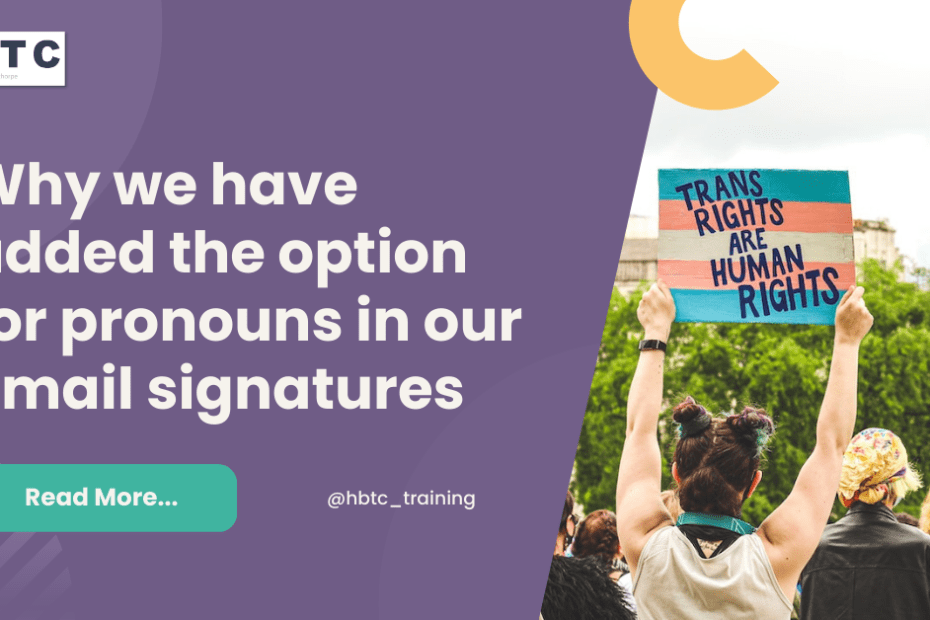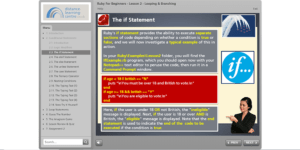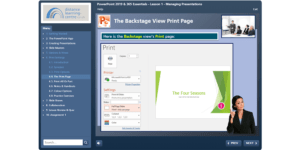Pronouns on emails: Why we have added the option
Recently, we embraced a step towards gender equality by introducing the option in our email signatures for people to display their preferred pronouns on emails. This simple addition can have a huge impact on creating more inclusive spaces and promoting equal opportunities – read on to find out why!
Why are we putting pronouns in our signatures?
In our society, being an ally can be as simple and effortless as including your pronouns in your signature. Here at HBTC, we recognise the importance of this small action – not only does it show solidarity for those who are transgender or non-binary but also eliminates confusion around gender identification and prevents misgendering while requiring no extra burden from cisgender people. By setting a norm with our signatures, we send a message that everyone deserves respect regardless of their identity – one easy way to make life easier for many!
Why is including pronouns in our signatures important?
Email signatures are a great way to communicate important information in an efficient and direct manner. Including your pronouns lets whoever is receiving the email know how they should address you, showing them that respect for their identity is valued at both personal and professional levels. It sets the standard of acceptance among co-workers or associates, but one must not make assumptions about those who do not include pronouns – it could simply mean that person has yet to feel comfortable declaring such sensitive information publicly.

Recognising gender privilege
As more people begin to add their pronouns into email signatures, many cisgender people ask why this is necessary. Although they had good intentions in asking these questions, what they failed to realise is that we all have varying degrees of privilege and understanding it can help us support others whose identities may be marginalised or misunderstood. This small but significant step of including pronouns provides an open atmosphere for safe conversations where anyone should feel comfortable expressing themselves without judgement from those around them; a concept everyone can benefit from!
Understanding non-gendered pronouns
In addition to the commonly known he/him/his and she/her/hers pronouns, there is a growing awareness of non-gendered or gender neutral options such as they/them & ze//zir. Although inclusion in this way takes only a moment to recognise, it often means so much more for people who identify with any form of transgender or non-binary experience – helping them feel seen, validated and respected. For those not affected directly by these issues adding our own preferred pronouns into social media profiles, email signatures and at meetings demonstrates an appreciation for diversity that goes beyond surface level gestures.
If you would like to learn more about pronouns, common terms and why they matter, check out some of the links below:
- https://lgbtlifecenter.org/pronouns/
- https://www.npr.org/2021/06/02/996319297/gender-identity-pronouns-expression-guide-lgbtq
- http://lgbt.foundation/pronouns
- https://uwm.edu/lgbtrc/support/gender-pronouns/
If you would like to develop your knowledge of language, stereotyping and assumptions relating to lesbian, gay, bisexual and trans people in the workplace check out our free online LGBT Inclusion in the Workplace course!















